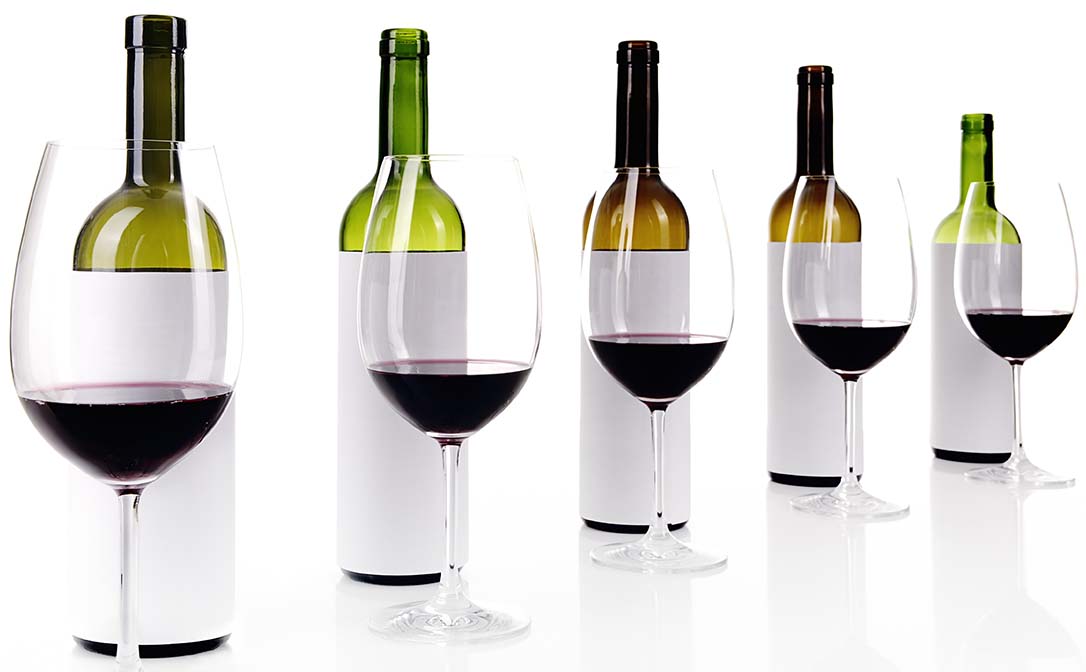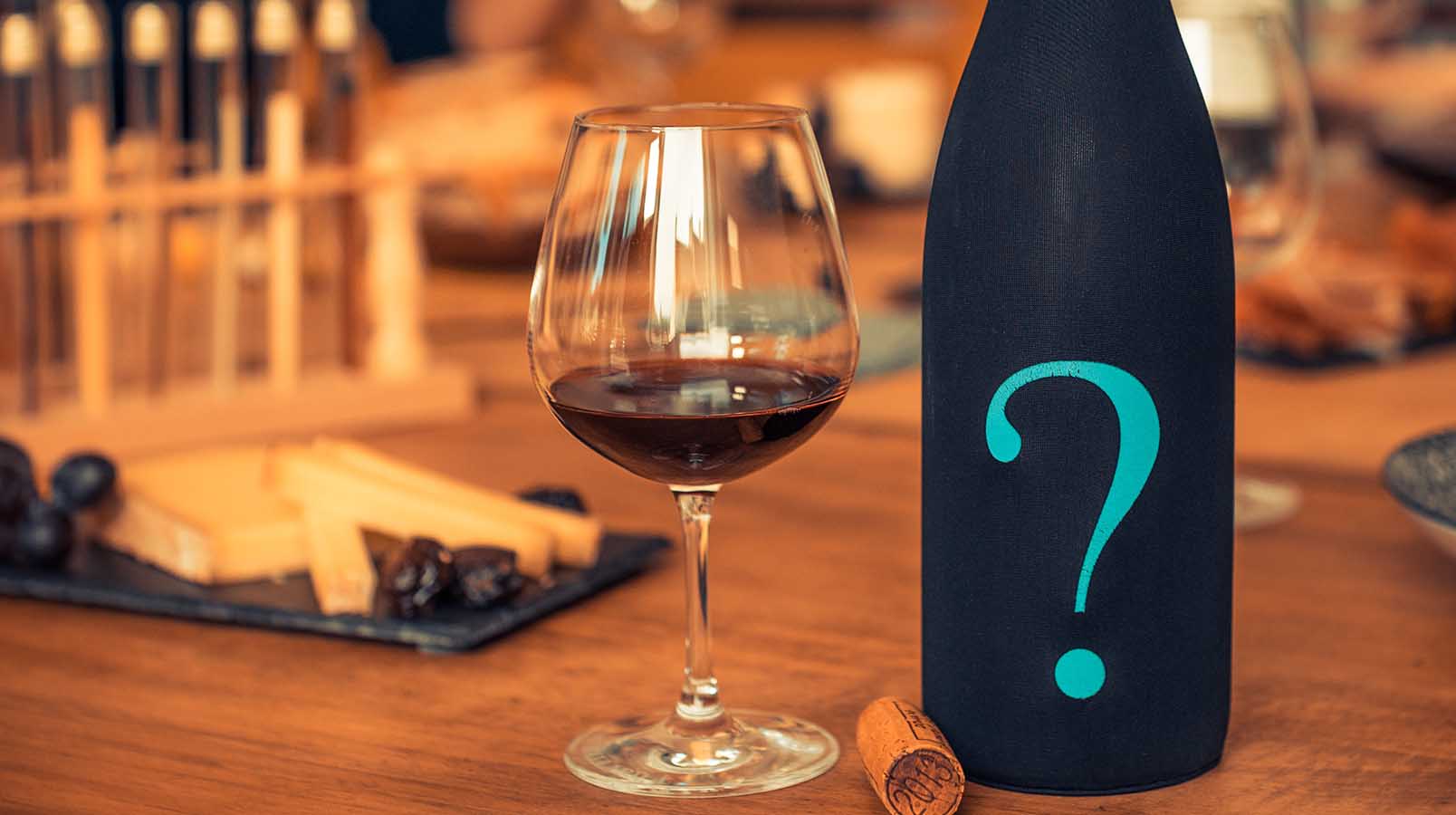However much you love wine, learning how to taste it properly might take a while. Here’re some tips to make practising your tasting technique fun.
It is completely possible to enjoy wine knowing little more about it than whether it’s red or white and you think it’s tasty. But for those starting to build an appreciation for wine’s finer nuances, WSET students among them, training your palate to taste objectively is incredibly important. With the proper tasting technique you can go from simply deciding whether or not you enjoy a wine, to assessing its quality irrespective of your personal tastes. It’s a real skill to be able to discern from the look, smell and taste alone the acidity levels, alcohol, tannin, age, flavours and many more components of a wine. Despite the seeming magic of this skill, it’s one which can be learnt with diligent practice.
It’s often said that it takes 10,000 hours of practice to learn a new skill. However much you love wine, that’s an awful lot of time spent sniffing, slurping and spitting, but the learning process doesn’t have to be tedious. Here we’ve rounded up a few ways to make polishing your tasting technique both fun and sustainable.
It’s more fun with friends
A tasting group is one of the very best tools for learning. Not only does it lighten the load on your wallet as you taste your way through hundreds of wines, but you’re far more likely to keep up your practice when it’s also a fun social occasion. And don’t forget - practising your tasting skills doesn’t have to be restricted to formalised tasting sessions:
- Passing a wine shop? Pop in to see if there’s anything open to taste. Even better if they have an enomatic machine
- Download the WSET Tasting App to keep track of your notes. Adding a note based on appearance-nose-palate will also keep the WSET Systematic Approach to Tasting uppermost in your mind - very important if you’re studying to take exams
- Ordering wine in a bar? Even if it’s just the house pour, take a second to run through a quality assessment in your head. It’ll have become second nature in no time

Think outside the box
Want to really fix the smell of strawberries in your mind; have you never actually smelt stewed prunes? The words we use to describe wine aromas and flavours have helpfully been standardised by systems such as WSET Systematic Approach to Tasting. It’s an incredibly useful tool whether you’re studying for an exam or simply testing your technique, with the aroma and flavour characteristics simplified into broad categories.
It’s equally important to ensure that you’re properly familiar with these tastes and smells so you can identify them in a wine. Kits such as Le Nez du Vin are often recommended to help cement aromas in your memory - but you can also simply take a DIY route:
- Place a selection of foodstuffs like canned asparagus, melon or mint in a glass of inexpensive, neutral white wine
- Supply separate glasses of wine as ‘testers’ - you’ll use these to try and pick out the aromas you’ve just smelt
- Cover the top of a sample glass with your hand and swirl vigorously. Take a deep sniff and repeat with the other samples
- Now swirl and sniff your ‘tester’ wines and try to identify the aromas
Throw a tasting party
Even if you taste regularly with a group, familiarity with these people’s tasting styles can eventually affect your own objectivity. To be sure your tasting technique stays fresh, tasting with a larger group can also be good practice. A lot of wine events can feel a little stale once you've got your technique set, but you can solve this problem by hosting your own.
Here are some suggestions for keeping the fun flowing, while still ensuring you learn:
- Remember that no-one cares about a fancy setup. Clean bottles can serve as decanters for younger wines. The only ‘must’ is ensuring everyone has at least two glasses - vital to help contextualise everything from acidity levels to the effects of oak.
- If you’re short on glassware it’s completely fine to ask everyone to bring their own - it’ll even save you on washing up.
- Don’t forget to supply spittoons, drinking water and some bland crackers or bread and even a small bowl of coffee beans to help neutralise nose and palate
- Don’t be afraid to ask everyone to bring a bottle and set a budget. The £7-£12 bracket will ensure a good variety - or go all out and specify each bottle has to be over £30 for a real blow out
- If you’re in the early stages of learning try to avoid blends in favour of typical examples of key varietals and wine styles. An unoaked Chardonnay, oaked Chardonnay, Sauvignon Blanc, Cabernet Sauvignon, Merlot and Pinot Noir make a good starting six
- Keep your bottles ‘blind’ by wrapping in foil, covering with a sock, decanting or wrapping in special blind tasting bags (if you do decant, don't forget to number the bottles and note down which wine is which!)

Now you have the basics, it’s time to get creative. The following ideas are all designed to put the fun into tasting practice - while also making you think about the technical structure, aroma, flavours and quality of wines:
- Spark conversation with bottles designed to divide opinions:
- Try a selection of wines with historic or situational significance - recreate the "Judgement of Paris", for example
- Choose wines from unconventional countries or regions - or odd grape varieties
- Contrast ‘high’ and ‘low’ versions of the same thing
- Make it a game with interactive challenges:
- Write down typical tasting notes, including a couple of red herrings, and have your guests match them to the bottle
- Blindfold guests and have them guess whether the wines they taste are red or white
- Divide guests into teams, allocate them a wine and have them convincingly argue why this would be the perfect match for a meal drawn out of a hat
- Challenge assumptions with sneaky tricks to get your guests thinking:
- Arrange for a line-up of a single grape - a range of different Chardonnays, for example, is sure to set the cat among the pigeons
- Try this wine version of ad-libs: cut up a paper copy of the WSET Systematic Approach to Tasting and put all the pieces - aromas, flavours, acidity levels and so on, into a hat and then have everyone pick a piece. Collect all the papers together and see what wine description you have. Share your ideas on which wines could fit the description
Now off you go and put these tips to practice to make the most out of perfecting your wine tasting technique.


